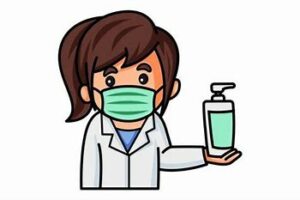Hello Everyone!
We have so far looked out what causes gum disease, the risk factors, what gum treatment involves
and the benefits of having gum treatment.
In this blog we would be looking at what to expect after you have had gum treatment (periodontal
treatment) carried out.
The following may occur following gum treatment:
1) The gums are likely to bleed more initially but not to worry.
Keep cleaning the teeth effectively and this would improve2) As the gum become healthier, they shrink and spaces may appear between the teeth known as ‘black triangles’.
The teeth may also appear longer.
3) As the gums shrink the teeth become more sensitive hot, cold or sweet things.
Usually this gets better in a few weeks but you may need to use a sensitivity toothpaste or have
other treatments to help with this.
4) Ongoing maintenance of the gums is required with regular checks up and hygiene visits every
three months.
Please feel free to contact your dentist for more information.
In the next blog I would be exploring the consequences of not having gum treatment.
Thanks for stopping by!
Martina
